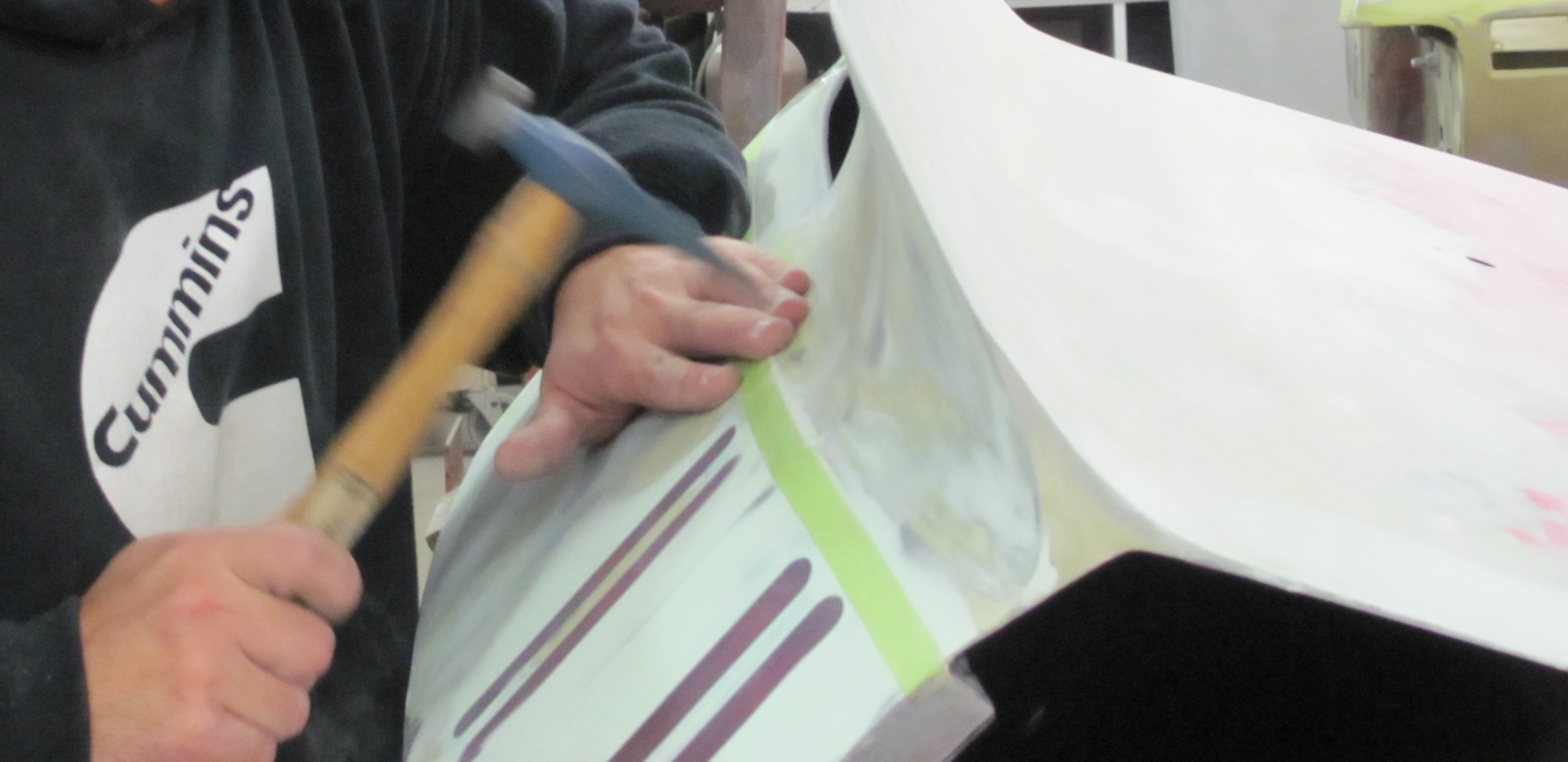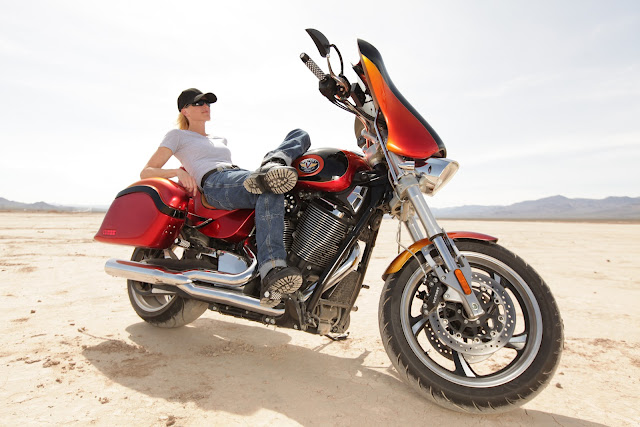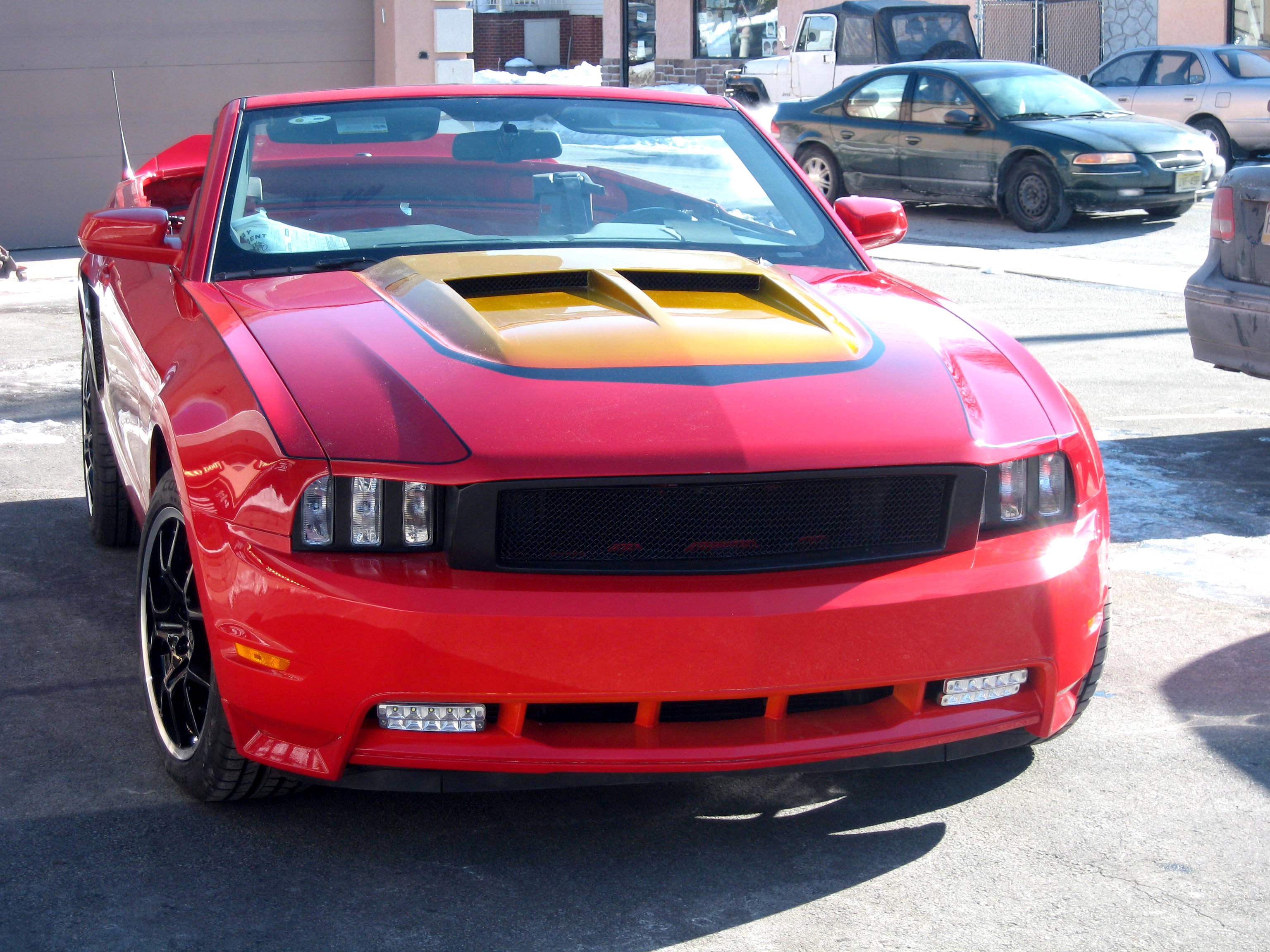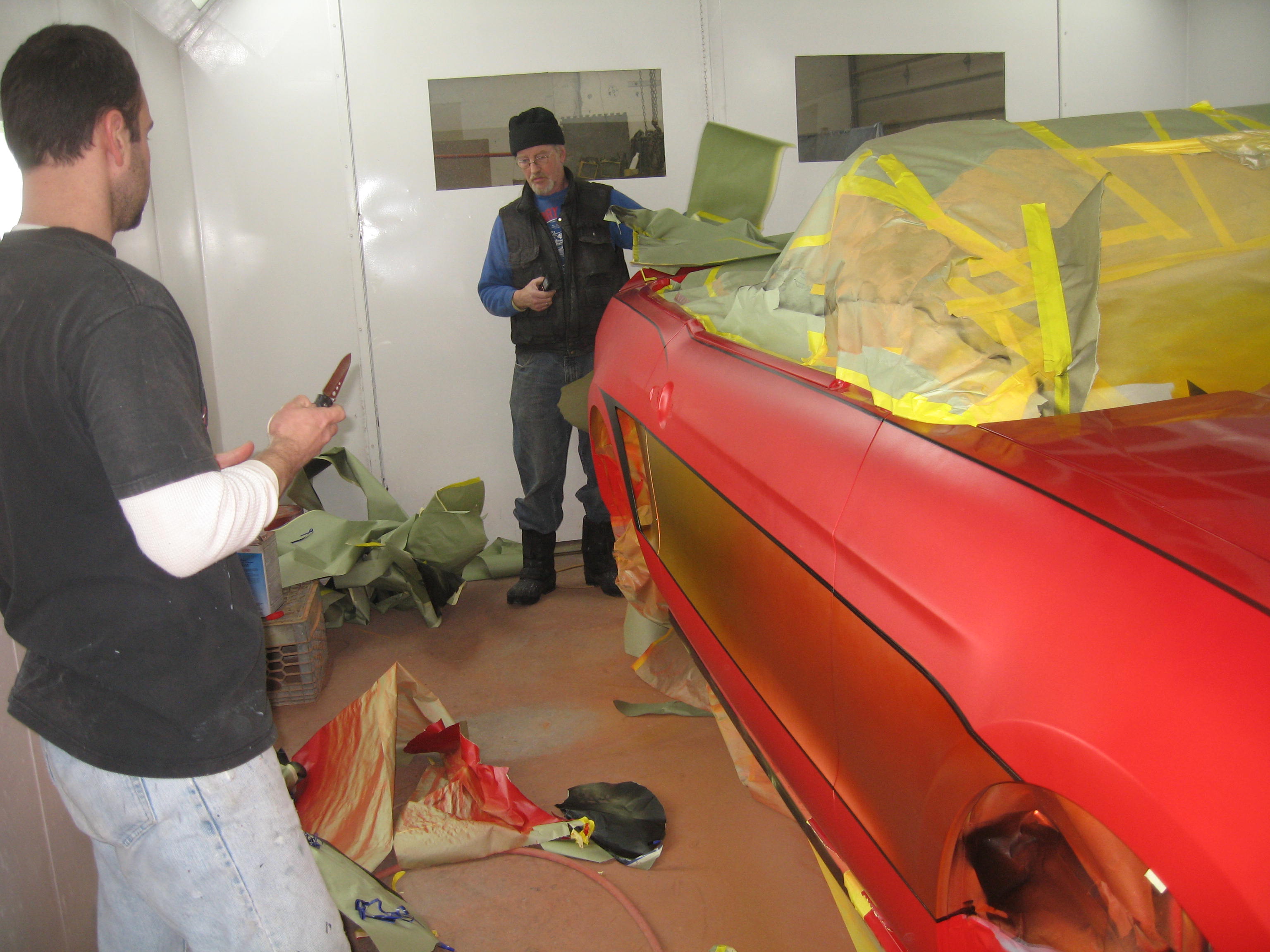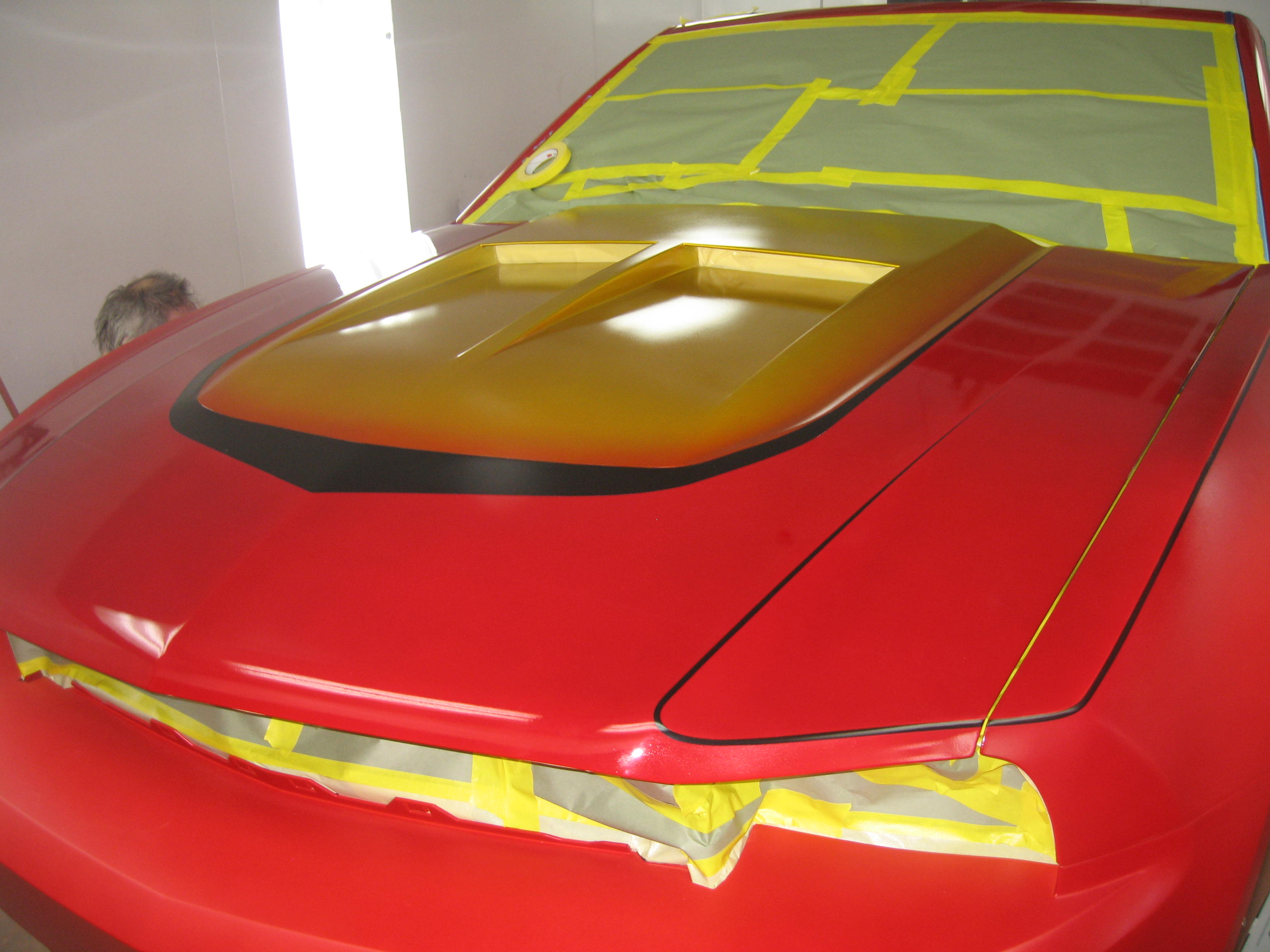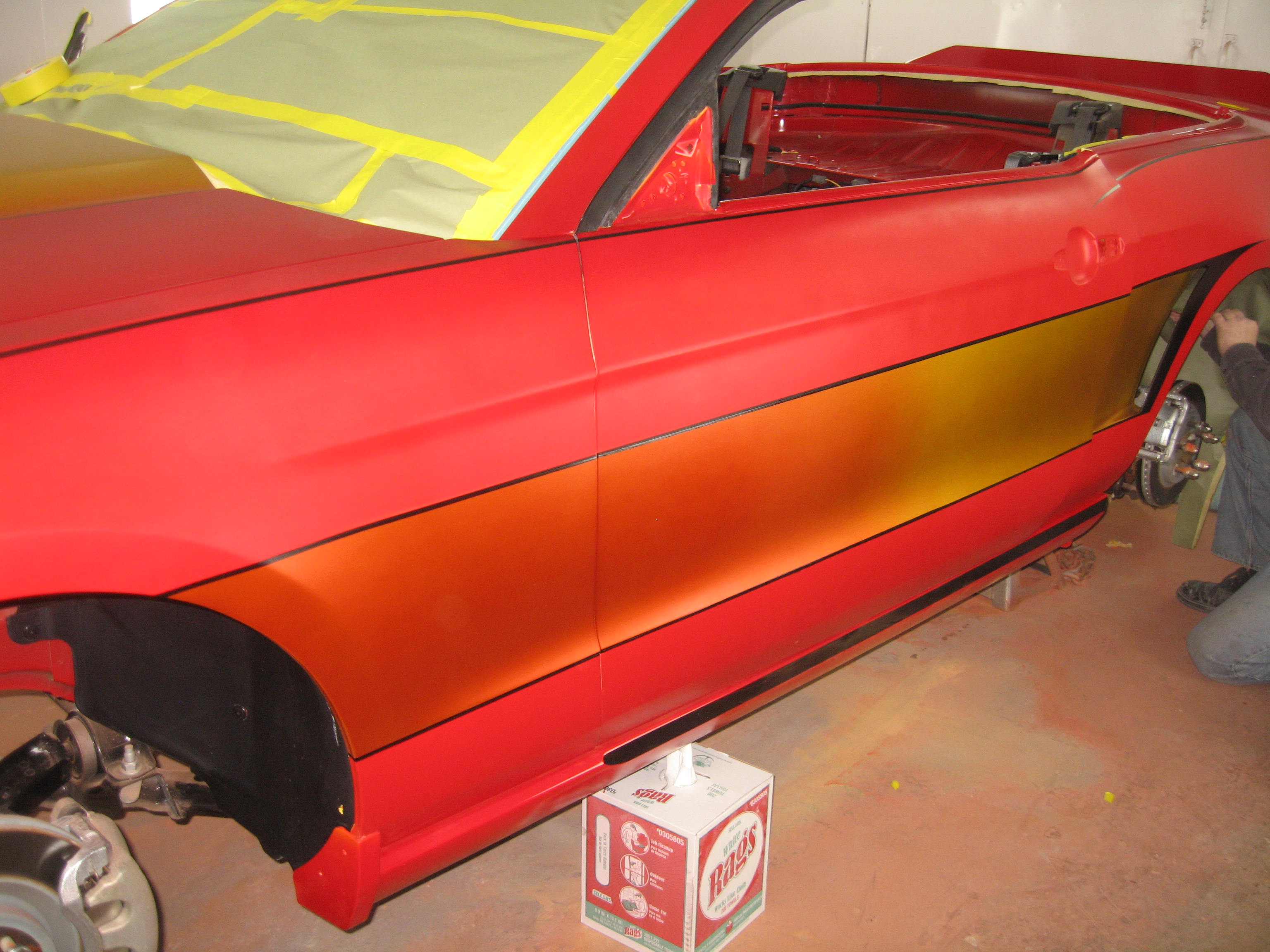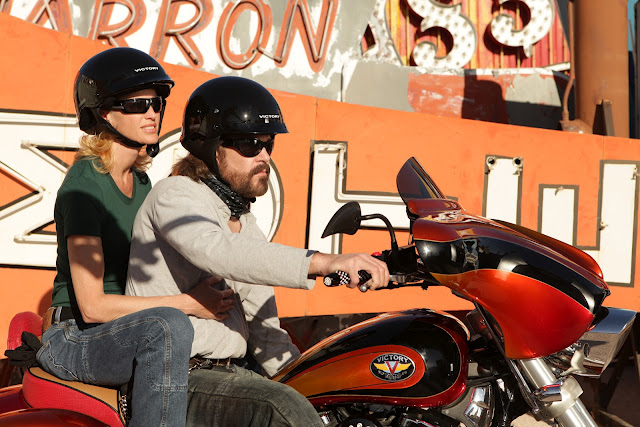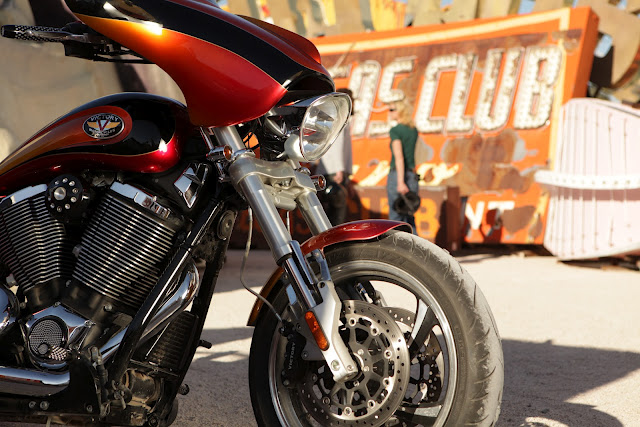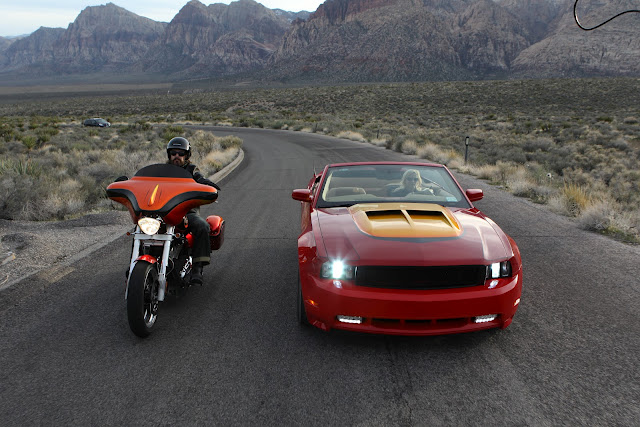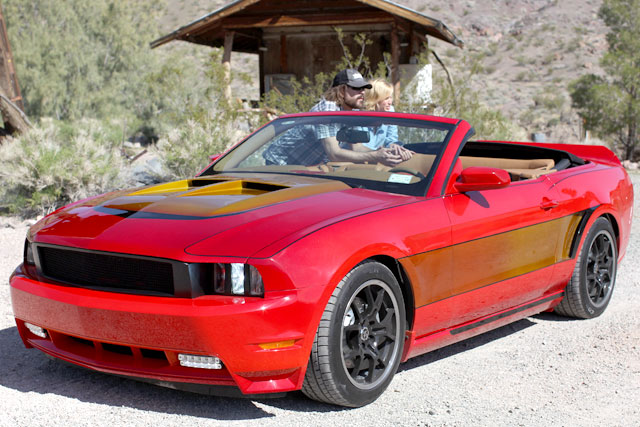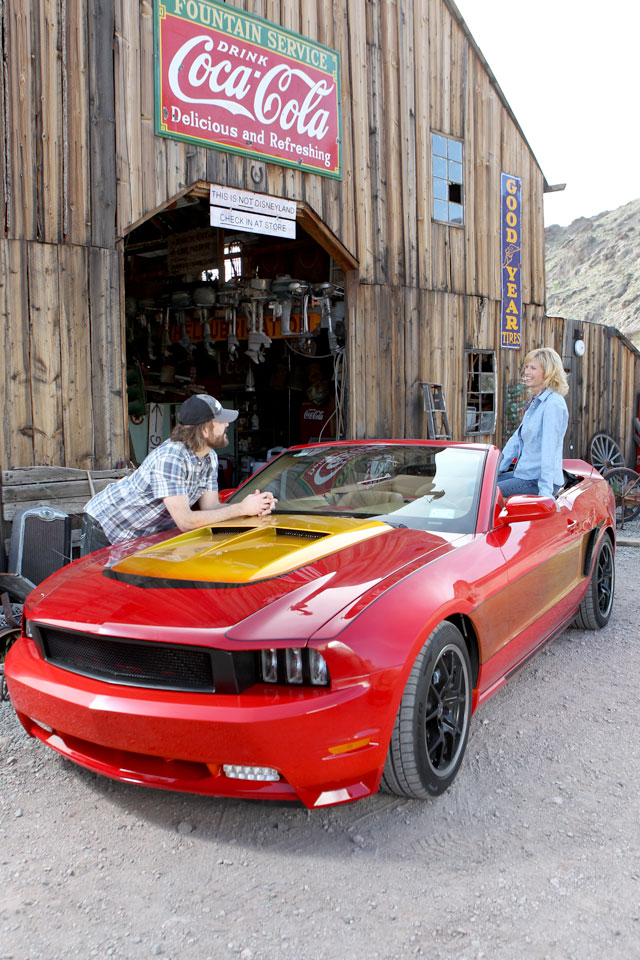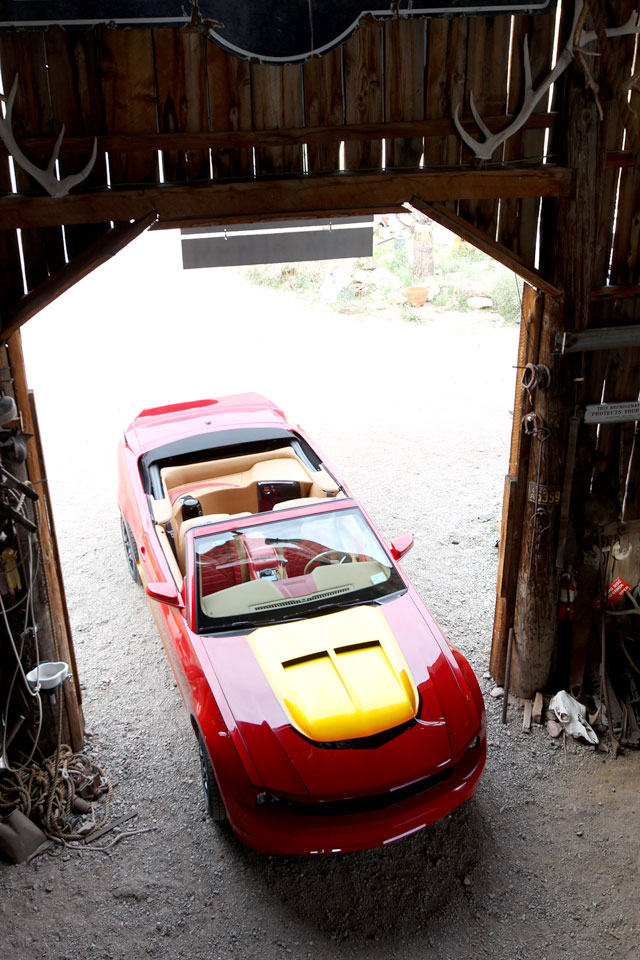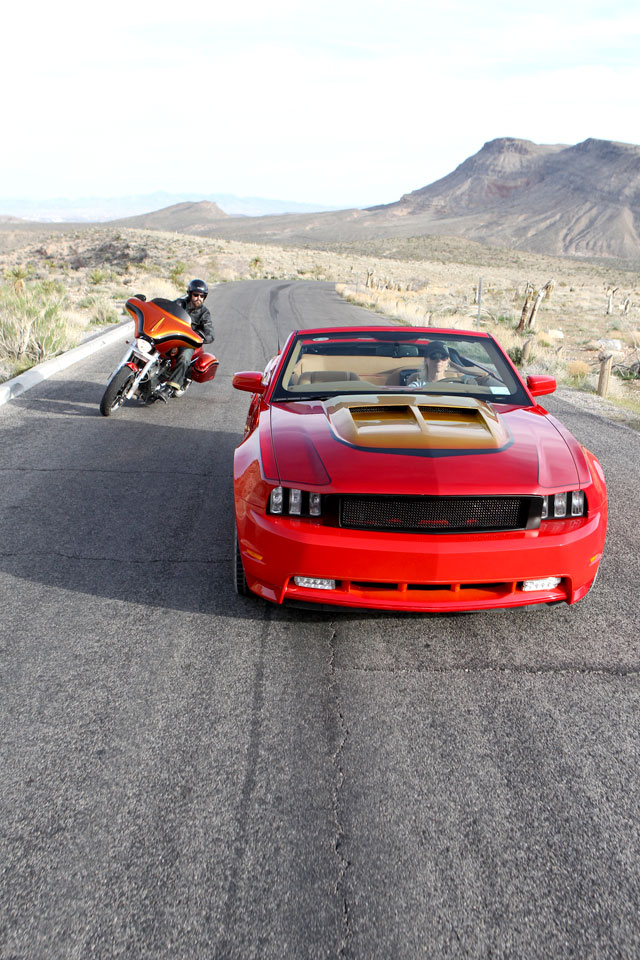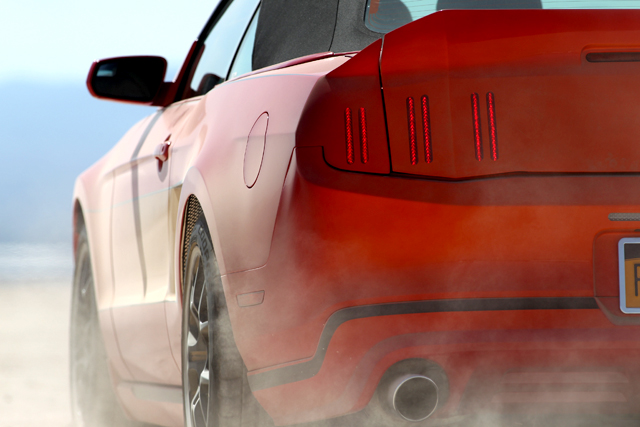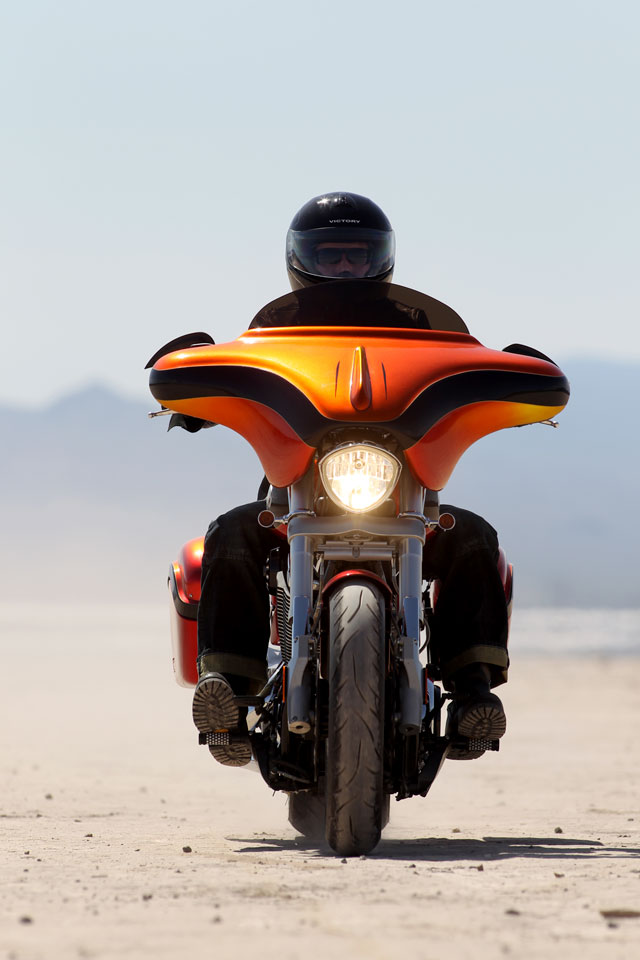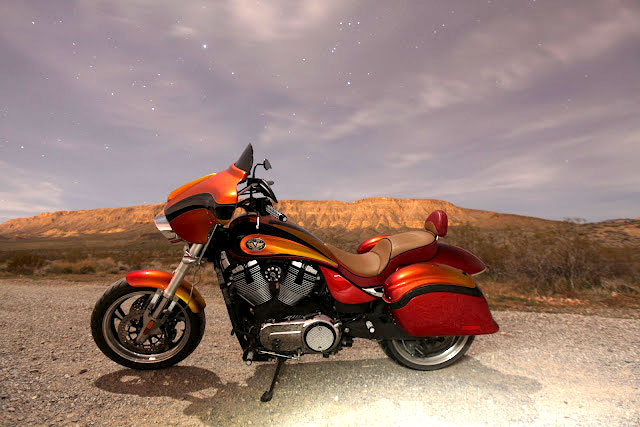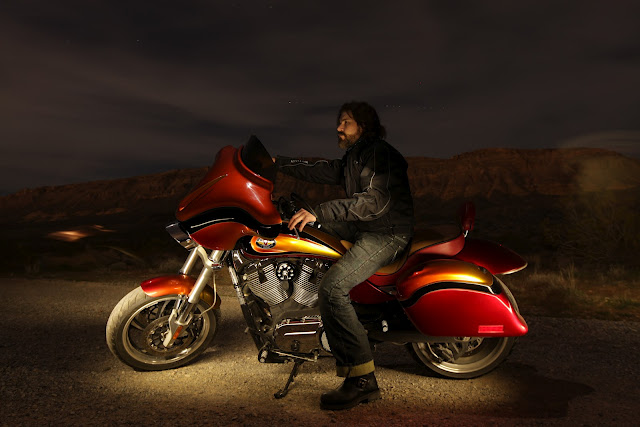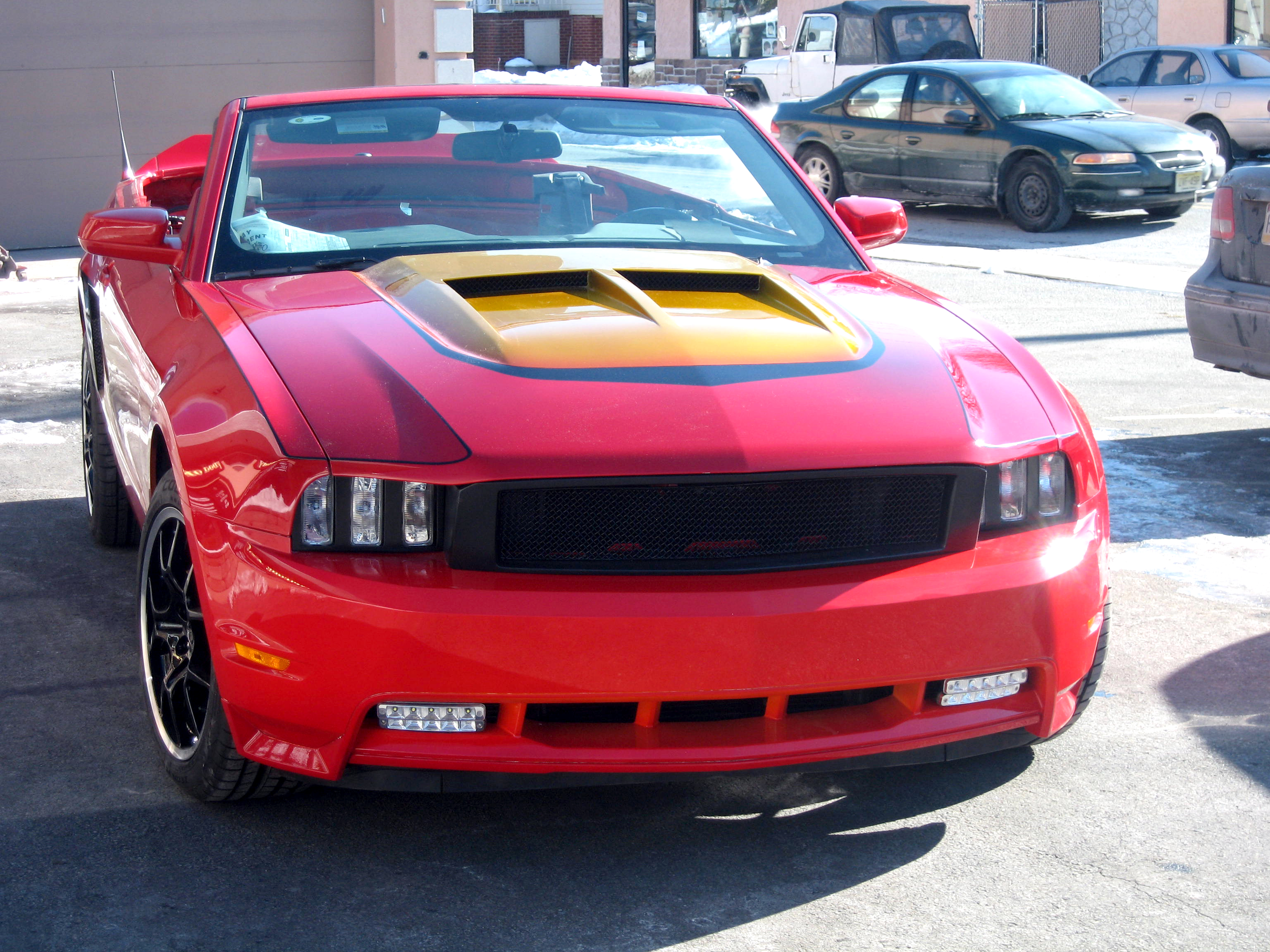2011 Custom Mustang GT Convertible
Leading monthly men’s magazine Popular Mechanics commissioned Netcong Auto Restorations, LLC., once again. This year the project included customizing a 2011 “Ford Mustang GT ” convertible as well as a 2011 “Victory Hammer S“motorcycle.
At its heart, car customizing is about passion: a passion for style, a passion for speed, a passion for doing things right.
It’s also about struggle—overcoming the obstacles and frustrations that can derail any complex project. Restoration and custom shops do this every day, but the hurdles they face aren’t lessened because they’ve seen them before. Add in normal business issues like crazy customer demands and ill-fitting parts, and you’ve got a recipe for a headache.
Last year, we put one shop to the ultimate test: We took that headache and put it under a spotlight. After conducting a nationwide search for a custom shop capable of turning a 2010 Chevy Camaro SS into something special, we settled on Netcong Auto Restorations of Netcong, New Jersey. Phil and Dana Brazer, the shop’s owners, then subjected themselves to our deadlines and the harsh glare of scrutiny. The amazing machine that resulted featured bold styling and enough chassis modifications to shame many purpose-built race cars.
This year, we approached the project a little differently. We liked how the Brazers did things, so we threw them a new challenge: If the Camaro was about no-compromises speed, then for 2011, we wanted style and comfort to come first. We wanted the ultimate weekend getaway car.
To that end, we bought a 2011 Ford Mustang convertible, a red GT model with Ford’s 412-hp, 5.0-liter V-8. At just over $34,000, the GT can hang with modern supercars without breaking the bank. We dropped it off at Netcong and told them to start planning. But our project and its challenge didn’t stop there. We wanted to be able to mix things up after hitting our destination. A motorcycle was needed, something big on style and comfort.
Enter the Victory Motorcycles 2010 Hammer S: old-school looks and a modern, 97-hp V-Twin. Thanks to modern suspension geometry and braking technology, the Hammer S stops and turns like a real bike, not some relic from a bygone era. We ordered up an Aluma motorcycle trailer and told the Netcong crew to think about how to make our Hammer S a long-legged highway custom.
Back to the car. Last year’s Camaro was designed by Phil, with the Netcong team tweaking things during the build. This year, we threw a wrench into the works: We asked Grant Brazer, Phil and Dana’s 14-year-old son, for help. This wasn’t a whim—Grant showed a keen eye for design during the Camaro project. He’s also a product of the digital age; he learned computer-aided design a few years ago in summer camp and has been digitally “drawing” cars ever since.
“We first started out with an idea like a snake pattern down the side, something keying off of Ford’s Super Cobra history,” Grant says. “Then my dad, who’s a musician, gave me the base of an idea—he said, ‘How about a guitar? A sunburst guitar?'”
At the moment, sitting in the paint booth, our Mustang is a shell, a piece of art that looks more like a dream than a real car. Deadlines still loom and a lot of key parts haven’t shown up. On top of that, the Mustang doesn’t have an interior, and our weekend-getaway goal will require more than just bolting the stock stuff back in. We’ve got some special plans, and we’ve looped in some special contributors.
As you might expect, projects like this are defined by the details. Grant’s drawings specced a ducktail spoiler so otherworldly that we initially wondered if it could be translated into steel. Amazingly, Netcong made it work. The end result arcs up off the trunk like the prow of a ship and integrates seamlessly with the ‘Stang’s rear fenders. When the Ford’s trunk is open, you tend to walk carefully around the spoiler so as not to impale yourself. (It’s safe, really. It just looks dangerous, which we love.)
In removing the Mustang’s roof, Ford added weighty reinforcements to cope with the loss of rigidity. Because of this, Grant designed a useful feature: functional rear brake ducts. They’re a nice piece of work, invisible from the side but readily apparent from the front. Three-strip LED taillights echo the stock arrangement but provide a modern touch; the flush-mounted center reverse light is more visible than the tail lamp-mounted originals. Design was nothing short of radical. A menacing hood scoop was crafted out of the stock hood’s steel and modified to be functional. Each headlight bucket was fitted with three custom, high-intensity vertical lamps, chosen for their compact size and broad, well-defined beams. The lamps were built into a custom-built housing, and the grille was tweaked for a more rakish appearance.
Still, this car is about more than looks. When we gave Netcong our “ultimate getaway” brief, we specified a car that was both stylish and fast. At the same time, we also wanted a car that was relatively quiet, with factory reliability and sensible fuel economy.
For that reason, the Brazers’ crew largely left Dearborn’s killer 5.0-liter alone. At 412 hp, we’ll have more than enough grunt for cruising and stoplight drags. The engine’s running Mobil 1 Extended Performance (EP) synthetic oil to minimize power loss from friction, and we’re also using Gumout’s Regane Complete Fuel System Cleaner additive to prevent the buildup of carbon deposits. Autolite XP spark plugs and a K&N air filter round things out.
Last but not least, the car needed a set of big pipes. BBK’s Ceramic Tuned Length Shorty Headers and a Borla Stainless Steel Cat-Back System S Type capped things off with a nice, rounded growl. Because these parts flow more freely than the stock units, we called SCT and ordered up a custom-tuned SF3/X3 Power Flash Tuner. It’ll compensate for the increased exhaust airflow by tweaking the engine’s fuel and ignition mapping. The result should be a bump in horsepower and torque.
For suspension, we wanted the best of both worlds—a compliant ride for highway cruising and rough pavement, and a taut, nimble chassis for back-road fun. We’ll detail it more later, but our choice, a mix of Bilstein components, should provide a healthy balance.
Currently, the Mustang rides high on its stock suspension and a set of black American Muscle GT4 wheels. Brake upgrades from the Stainless Steel Brake Company live behind each wheel. The reason for this mod was twofold: First, for safety reasons, you can never have too much brake. Second, we knew we’d be hauling a motorcycle trailer, and we didn’t want to worry about brake fade.
With the bodywork coming to a close—the cockpit’s in for a serious makeover, which we’ll get to in a moment—the only thing left was to choose a set of boots.
Tires are the most important part of a car’s suspension, and not a decision we took lightly. After our positive experience with the Cooper tires on last year’s TopShop Camaro, we decided to repeat the experiment. The race-inspired Cooper RS3-A offers an asymmetric tread pattern, crisp handling, and precise steering response. The tire should pair nicely with our suspension upgrades.
With the car’s chassis planned, we turned to the upholstery team responsible for the TopShop Camaro. They needed someone with a flair for the unusual, so we called Rodger Pisani, of Butler, New Jersey’s Creative Auto Interiors.
Rodger’s challenge was this: Because our Mustang was being designed to take two people on a relaxing weekend vacation, it needed to offer all the comforts of home on the road. This could include virtually anything, but it had to fit within the confines of the Ford’s body.
A pow-wow between Rodger and his staff produced some ambitious plans. The Mustang’s rear seat will be replaced by a virtual kitchen and storage area for camping and cooking gear. The trunk will become an entertainment mecca, a place for relaxation when off the road. We’ll also install an Escort Passport LoJack system and Q145 radar detector in the interest of protection and highway awareness. If you get bored, arrested, or ripped off in this car, you’re not trying hard enough.
For now, most of the cool tricks exist only in Pisani’s head. But they won’t stay there for long.
That leaves our brand-new Victory Hammer S. As it sits, we have some upgrades in mind. For starters, there’s a lot of windblast on the highway, the bike doesn’t have a stereo system, and the seat isn’t designed for extensive two-person travel.
For this, Rollin’ Fast Cycle Sports of Lebanon, New Jersey, was drafted. Rollin’ Fast owners John Costa and Greg Faiella got their start road-racing sport bikes, so performance usually takes precedence over everything else. Costa, the project leader, is the kind of no-nonsense guy you can picture holding court at a race track, but when it comes to customs, his eyes light up. He’s already talking about lighting, a Kicker/CycleSounds stereo, and more.
The months to come will hold a lot. As the Mustang and Hammer S come together on tight deadlines, we’ll find out if our chosen shops can handle the pressure. Once the project is complete, we’ll head west for the ultimate weekend getaway, taking our rig into the desert in search of serious fun. Something tells us we’re going to find it.

